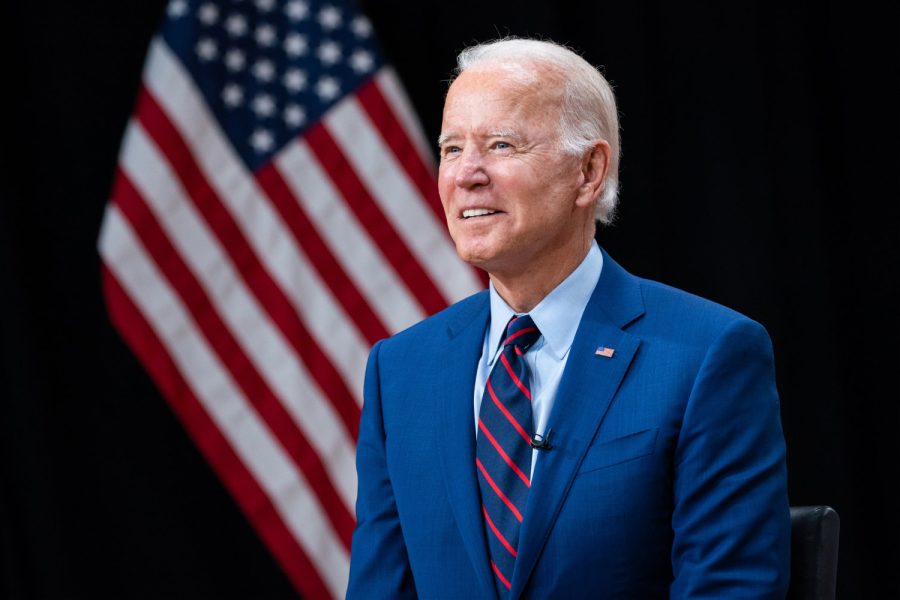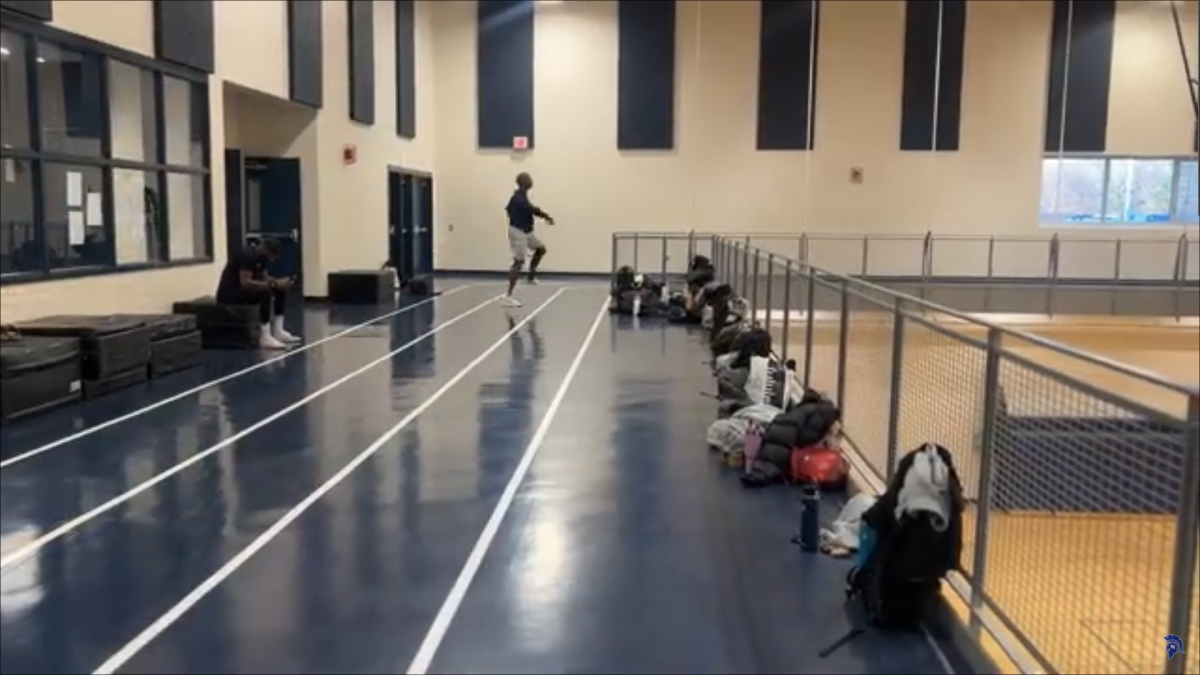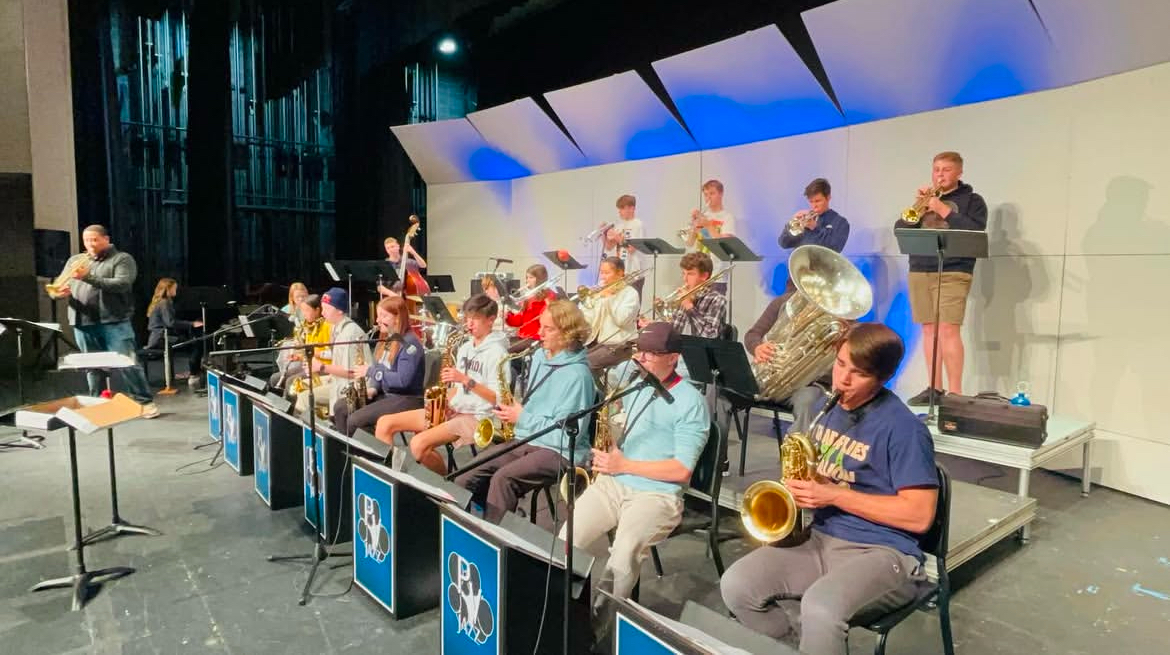Nearly a year after his inauguration, President Joseph R. Biden took to the lectern in the House Chamber to deliver his first State of the Union Address (SOTU). Facing a months-long decline in approval ratings, Biden made sure to tackle a variety of topics with robust certainty. His goal was simple: make the democratic party appear as a strong, united front. With a slim majority in the Senate, many Democrats fear their control of Capitol Hill will loosen in the coming year.
Biden’s address saw a 23% decrease in viewership compared to previous SOTU debuts with 37 million people tuning in. Rebounding from a tumultuous election and a politically framed pandemic, Americans are becoming continually disillusioned with government. This speech clearly served to reign in the growing disconnect between politicians – namely Democrats – and the average joe.
Expressing similar sentiments to his inaugural address, the president led the speech with a message of unity. “Tonight, we meet as Democrats, Republicans and Independents. But most importantly as Americans,” he stated.
To no one’s surprise, Biden then broached the struggle in Ukraine. His candid and aggressive message toward Russia lasted for nearly 15 minutes, appearing as the longest, and most significant talking point of the speech. While he met Russia’s actions with severe reproach, Biden made sure to clarify, “Our forces…will not engage in the conflict with Russian forces in Ukraine.”
Analysts point to the fact that if the U.S. were to put boots on the ground in Ukraine, it may trigger the beginning of WWIII. The president’s past actions in Afghanistan signal how he is focused on the relaxation of American forces abroad and wants to avoid larger struggles even if it means sacrificing Western-aligned lands.
Biden moved to discuss domestic issues, primarily the economic difficulties Americans continue to face despite the fading presence of COVID-19. The Trump Presidency is praised by the public for consistently low gas prices and a thriving stock market. In contrast, Biden’s America has seen unreasonable inflation and gas prices well above four dollars a gallon. The University of Virginia’s Center for Politics notes how, “high gas prices…coincide with lower presidential approval ratings.”
In recent history, gas prices and inflation were what made Jimmy Carter into a one-term president and what sank former U.S. Sen. Joe McCain’s bid for the Oval Office in 2008. Biden’s team understands that if the midterms, and perhaps the 2024 race, are going to be successful, they have to gain control over the basic tenets of citizen-driven economics. His announced short-term plan is the release of 90 millions barrels of oil both domestically and globally; however, a stable, long-term agenda has yet to be set.
The president went through the last half of his speech jumping from subject to subject. His notable high points were found when discussing policing and corporation behavior. His response to the growing police funding debate was terse and powerful, gaining applause from both sides of the aisle. “The answer is not to defund the police, it’s to fund the police, fund them with resources and training they need to protect their communities,” he proclaimed. On a separate note, Biden urged large companies to “lower your costs not your wages” in order to combat inflation and subtly comment on the growing demands surrounding minimum wage.
In terms of presence, Biden had lackluster delivery and energy. His attempts to go off script and dive deeper into specific issues were met with episodes of stammering, backtracking and confusing wording. Nevertheless, this environment was bizarre and a definite curveball for the president. On-screen, the room appeared to be at 25-50% capacity: the result of spatial guidelines and unpopular COVID-19 testing requirements among Republicans.
But this barrier did not prevent all Republicans from making their mark. Lawmakers Marjorie Taylor Greene and Lauren Beobert, better known as prominent right-wing radicalists, breached the decorum of the address twice by screaming at Biden from the audience. Their actions primarily went unnoticed during the oration but underwent severe backlash over social media after the fact.
The true measure of success for this SOTU was the people’s opinion. CNN’s poll conducted through SSRS reported shortly after that “71% of Americans had a positive reaction to the speech with a more modest 41% reacting very positively.” Overall, Biden’s approval rating even experienced a small bump. Nonetheless, reactions are varied across the board. Senior Matt Bender noted, “I thought it was pretty traditional,” whereas senior Alyse Zuiderveen asserted that, “the State of the Union speech showed Biden’s negligence to deal with issues at the forefront of our country.”
Perhaps this is the beginning of recovery for the Biden administration and the Democratic Party as a whole, or maybe, it is a temporary fix to incessant unpopularity. Only time will tell.







